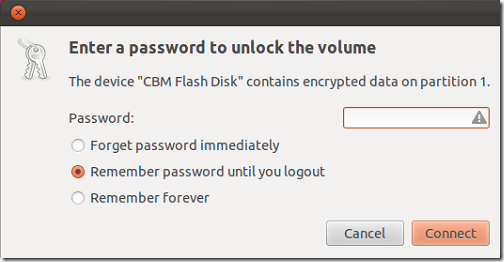
Better yet, the encrypted disk image you create can be synchronized online using a service like Dropbox or Google Drive. You don’t have to encrypt any entire devices you just have to use a single container file. This is a simple method for encrypting files. When you unmount the disk image, the files will be locked and no one will be able to access them unless they have your encryption password. The files will be available to use and any files you save to the disk image will be encrypted. Whenever you want to work with your encrypted files just mount the disk image and enter your password. You can encrypt individual files by creating an encrypted file container, or disk image. RELATED: How to Create an Encrypted Disk Image to Securely Store Sensitive Files on a Mac Don’t lose your password! If you do, you won’t be able to access any files on the encrypted drive. Read our full Kingston IronKey Vault Privacy 80 review (opens in new tab). It’s expensive by storage standards, but the VP80ES is a solid attempt at providing an easy-to-use, transportable and secure repository. Out of the box, it comes with a soft carry pouch and two cables for USB-A and USB-C connections. The storage component is an SSD, although this drive can only achieve reading and writing of around 250MB/s over a USB 3.2 Gen 1 connection.

And, the drive will erase the contents if too many passwords are incorrectly entered. Kingston designed it to cope with various potential attacks, including BadUSB and even physical intrusion into the mechanism. Secure encrypted storage devices once required software to be installed to provide a means to input the decryption key, but the Kingston IronKey Vault Privacy 80 circumvents the need for that with an inbuilt touch screen.Īvailable in 480GB, 960GB and 1920GB capacities, the VP80ES, as it's also known, sports FIPS 197 certified security and a Common Criteria EAL5+ certified secure microprocessor.


 0 kommentar(er)
0 kommentar(er)
